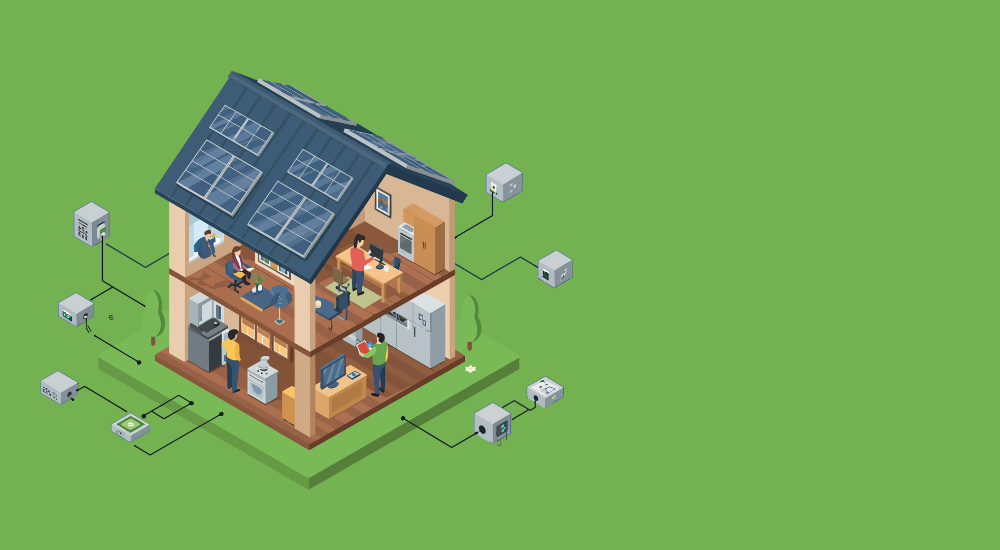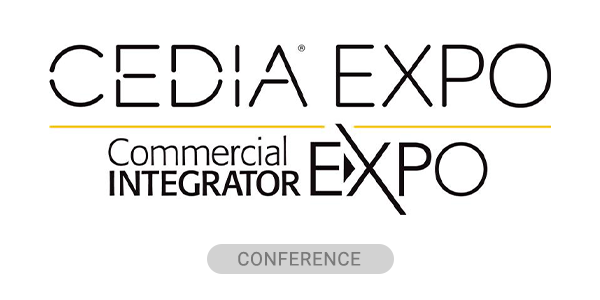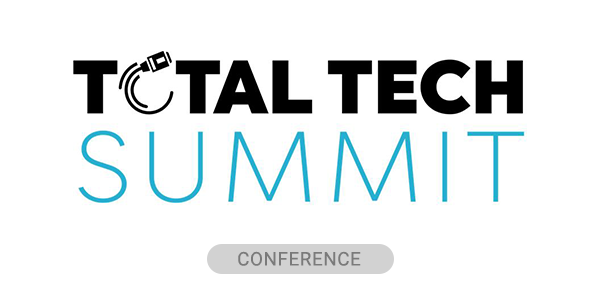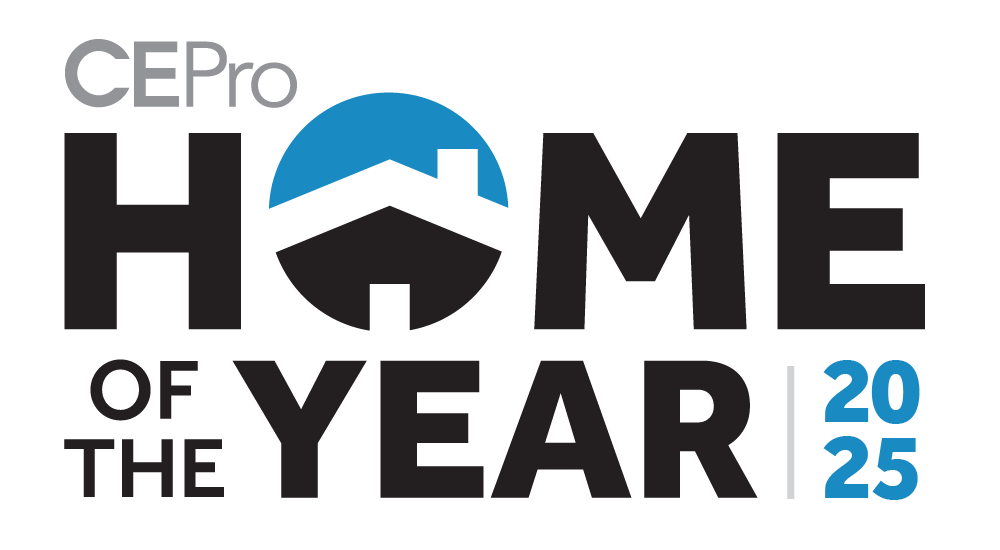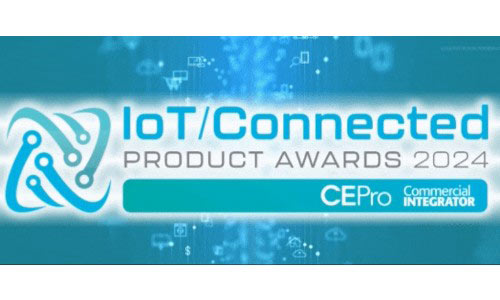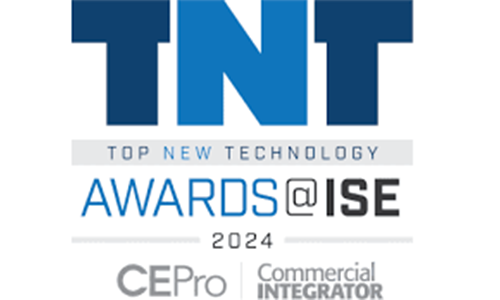Power is no longer just a utility. It’s a crucial component of the premium smart home experience. At CEDIA Expo 2025, a panel of experts from RoseWater Energy, Apex Technologies, Torus Power and Savant came together to unpack one of the fastest-growing segments of the integration industry: residential power management and energy storage.
With homeowners becoming more energy-conscious, expectations for reliability climbing, and electrification reshaping the way homes are built, integrators now face an unprecedented opportunity. As the panelists emphasized, power solutions are no longer optional add-ons; they are essential to delivering stable, high-performance systems and opening new revenue streams for integration firms.
The Current State of Residential Power Management
Historically, conversations about residential power management have revolved around protecting devices from surges. It’s a concept most clients are familiar with, often through hard-earned experience. More than a couple of people in my social circle have had their entire kitchens and living rooms wiped out by a large electrical surge from the grid.
But today, surge protection is just the beginning. The panelists stressed that regulation and control of power are equally critical. “Power is the most untalked about topic in the CI channel,” said Art Kelm of Torus Power. “But that’s shifting. People are starting to understand the weaknesses of our country’s antiquated utility grid, integrators want to mitigate issues after the sale, and power is becoming the darling of the CI industry.”
Dirty power—fluctuations and distortions in voltage and sinewave—remains a pervasive issue. These fluctuations are often caused not only by instability from the grid, but by the very devices homeowners rely on every day. Anything with a large motor, like HVAC systems, refrigerators, or washers, can create dips in voltage that impact the performance of AV and lighting systems, networking equipment, basically any device that draws electrical power.
“Sustained low voltage causes the power supplies of equipment to generate heat, leading to device failure,” added Kelm. “It’s not just about what’s coming from the outside. The devices inside the home are often the culprits.”
Core Takeaways on Fixing Power Problems
One of the strongest takeaways from the session: rebooting is not a wise strategy. “For years, the default fix has been, ‘when all else fails, just reboot,” the panelists lamented. While that may offer a quick, temporary solution, the real issue usually goes deeper than a sag or surge in the power grid.
The panel urged integrators to reposition the conversation: power solutions aren’t just about restarting devices after a failure. They’re about preventing the failure in the first place by regulating and conditioning the flow of power throughout the home. Rebooting is a band-aid. Selling clean, stable, regulated power is the cure.
Best Practices in Deployment
When it comes to deploying power solutions, the panel encouraged integrators to think holistically. Instead of scattering multiple UPS units across a property, start at the circuit panel. “Manage at the circuit panel level instead of a decentralized system made up of multiple individual UPSs,” advised Joe Piccirilli from RoseWater Energy. From there, layer in targeted protection, such as surge suppressors or isolation transformers, for especially sensitive AV gear, home office equipment, and mission critical components like the cooling units of a wine cellar or the controls and pumps of an indoor spa.
This centralized strategy offers integrators greater control, simplifies maintenance, and provides a stronger foundation for expanding into energy storage solutions.
Selling for Success
Even with the technical benefits clear, selling power solutions often comes down to education and trust. The panelists agreed: The first step is spreading awareness. “The sensitivity of electronics is at an all-time high, but the grid is at an all-time low,” said Jimmy Paschke of Apex Technologies. Helping homeowners connect those dots can shift their mindset from seeing power protection as a luxury to understanding it as a necessity.
But integrators don’t have to go it alone. Aligning with the professionals who already guide clients through major decisions can be a powerful strategy. “Spreading awareness and educating your clients about power is the first step, and often the best way to do this is by aligning with a builder, architect, and interior designer,” said Piccirilli. “They are the homeowner’s closest allies. Their recommendations are considered golden with customers. Especially designers in the kitchen and bath space, as these areas have expensive appliances.”
By presenting power solutions as a way to protect investments in high-end appliances, AV gear, lighting, and automation systems, integrators can turn what might have seemed like an abstract technical concept into a tangible value-add.
The Future of Residential Power Management
The future of residential power management goes well beyond protection and conditioning. Energy storage, once considered niche, is quickly moving into the mainstream. As electrification accelerates and homeowners adopt EVs, solar, and whole-home batteries, integrators who understand these systems will be well-positioned to lead.
Says Blair Piersall, Savant vice president of sales, “Savant’s smart power solutions represent a foundational and holistic approach to energy independence that provides the homeowner with energy security and resilience. Savant and the technology integrator are not only able to deliver the homeowner power management at the circuit level but also the choice for how they power their home, seamlessly transitioning from gride power to solar power to battery power to emergency back-up generator power.”
Whether the goal is providing backup power during outages or creating smarter, more efficient homes, power is increasingly becoming the foundation on which modern smart living is built. And for integrators, it represents one of the most promising avenues for growth in the years ahead.
